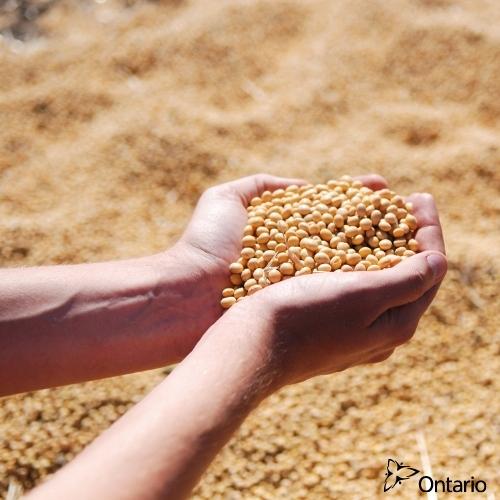CANADIAN SOYBEANS
Canadian soybeans are a significant agricultural commodity and play a vital role in both the Canadian economy and the global market. Canada is one of the world's largest producers and exporters of soybeans, and its soybean industry has experienced substantial growth and development over the years.
The cultivation of soybeans in Canada is primarily concentrated in the Prairie provinces of Manitoba, Saskatchewan, and Alberta, with smaller production in Ontario and Quebec. The Prairie provinces, with their fertile soil and favorable growing conditions, provide an ideal environment for soybean cultivation. The long daylight hours during the summer months, coupled with adequate rainfall and suitable temperatures, contribute to the successful growth of soybeans.


Canada Soybean at the global scale
Soybeans production has increased fifteenfold since the 1930s. Statistically speaking, about 80% of the world’s soy is produced by Argentina, The United States, and Brazil. Although, Canada is proven to possess a global reputation in soybean production industries. Immense quantities of Canada’s crude and processed soy are exported worldwide.
According to trade statements, soybean is counted as one of the top three agricultural products in Canada. With all the required technologies and modern cultivation techniques, Canada’s chances at more comprehensive arrays of soybean production are increasingly high. Optimistically, trading relationships among exporters and buyers would be sustainably expanded.
With soybean farms gaining more access to diverse varieties, the annual yield would qualify Canada among the primary soybean producers. In this regard, necessary safeguards should be retained and developed appropriately. With the rapid expansion of soybean farms, natural resources and environmental safety might be at stake. Precise cultivation planning aligned with reasonable policies would be efficient at preventing conceivable obstacles.
Foreseeable Future for Canadian Soybeans
The cultivation of soybeans in Canada is primarily concentrated in the Prairie provinces of Manitoba, Saskatchewan, and Alberta, with smaller production in Ontario and Quebec. The Prairie provinces, with their fertile soil and favorable growing conditions, provide an ideal environment for soybean cultivation. The long daylight hours during the summer months, coupled with adequate rainfall and suitable temperatures, contribute to the successful growth of soybeans.
Assuming the current facilities, high demands of local and foreign markets, and the opportunities for sustainable agriculture retention, Canadian Soybeans producers could pursue enhancement objectives to strengthen the industry. It’s a matter of time, dedication, and thorough planning for Canada to enrich the vigor at a business with so bright a future.
